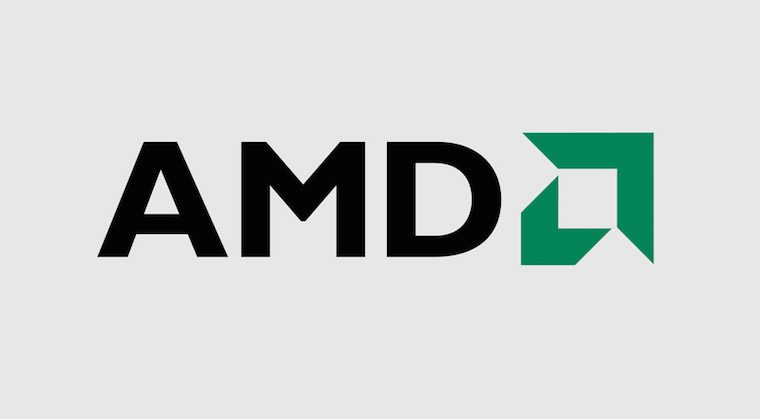 GDC 2015 is just around the corner and the event’s conference schedule has revealed that semiconductor giant AMD will be sharing tips and tricks designed to help developers targeting virtual reality to get the best performance for virtual reality from the company’s GPUs.
GDC 2015 is just around the corner and the event’s conference schedule has revealed that semiconductor giant AMD will be sharing tips and tricks designed to help developers targeting virtual reality to get the best performance for virtual reality from the company’s GPUs.
With CES 2015 out of the way, all eyes are on the Game Developer Conference in March. Last year, GDC was a hot-bed of virtual reality revelations, from Oculus’ launch of the DK2 to Sony’s Project Morpheus unveiling. Although it seems unlikely GDC will top last year’s for VR headlines, GDC is an important date in the diary for those interested in VR’s progress as a gaming platform.
This is first and foremost a developers conference of course, which means the majority of sessions and talks are aimed at the design, production and coding of video-games. Oculus themselves last year hosted multiple sessions to impart their acquired wisdom at the forefront of VR game development. Virtual reality is a young platform and there are tough constraints that must be worked within to ensure user experiences are comfortable and enjoyable – many differing from standard game development.
See Also: GDC 2014: Oculus Session ‘Working With the Latest Oculus Rift Hardware and Software’ Live Blog
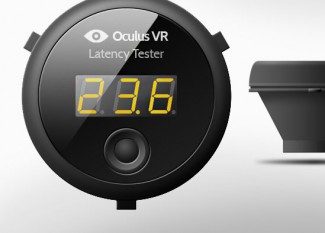
Chief among those constraints, an enemy that Oculus has waged war on since the Rift’s inception, is latency. Latency is the foe of believable and comfortable virtual experiences and VR’s requirements for low input and rendering latency often push current gaming systems and programming techniques beyond their capabilities.
GPU manufacturers and their drivers are a key concern here. Right now the minimum frame rate threshold for the most advanced available desktop VR Headset, the DK2, is 75FPS. Drop below that, and Oculus’ low-persistence technology starts to break. Anomalies such as judder and blurring kick in once you drop below that watermark and out with it goes any sense of immersion and in come potential sources of nausea for the user. 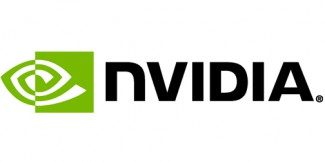
Last year, one of the two major players in the discrete graphics market, nVidia, made a concerted public effort to begin building their virtual reality arsenal by announcing a raft of initiatives (along with a whole lotta acronyms and buzzwords) aimed at enhancing their GPU drivers. The VR Direct unveiling was nVidia making an early play for the types of hardcore PC enthusiasts likely to make up the core of virtual reality’s early adopter demographic, once a consumer product is finally launched.
Oculus has been careful not to align itself specifically with any GPU manufacturer (these are driver tweaks not hardware), despite the gaming PCs powering CES 2015’s public Crescent Bay demos were all running on nVidia GPUs (believed to be 980GTXs). 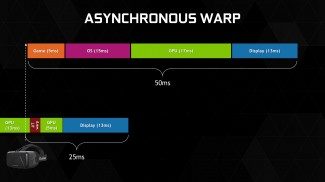
Up to now however, nVidia’s biggest rivals in the space, AMD, have remained fairly quiet on the topic of virtual reality enhancements. This looks to be changing at GDC 2015. Oculus have made it clear however that techniques implemented and touted by nVidia are purely driver-based, and easily implemented by AMD and others.
Breakthrough techniques pioneered by Oculus such as Asynchronous Time-warp, a method to improve the so-called motion-to-photons (time taken from head movement to appearance on display) latency, are certainly not exclusive to nVidia.
 According to GDC’s schedule, AMD are devoting an entire talk at GDC in March entitled “Low Latency and Stutter-Free Rendering in VR and Graphics Applications” to high performance in VR. And if the straight-to-the point title left you in any doubt as to the subject matter, the talk’s summary probably won’t:
According to GDC’s schedule, AMD are devoting an entire talk at GDC in March entitled “Low Latency and Stutter-Free Rendering in VR and Graphics Applications” to high performance in VR. And if the straight-to-the point title left you in any doubt as to the subject matter, the talk’s summary probably won’t:
This talk will provide a detailed explanation of several mechanisms by which graphics engine developers can dramatically reduce both actual and perceived latency and “stuttering” in graphics and virtual reality applications running on modern GPUs such as those powered by the AMD Graphics Core Next (GCN) architecture. Real world examples of optimized AAA content will be discussed and explained, complete with before and after performance metrics.
This talk will give developers the tools and understanding required to exploit modern GPU architectures to take their graphics engines to the next level: extremely low latency, stutter-free, liquid smooth graphics at high frame rates (90-120Hz and beyond).
This is AMD responding to nVidia in no uncertain terms to assert its VR credentials by helping developers wring the best performance out of gamer’s hardware. The frame rates mentioned above are now common targets for high-end gaming systems with 120-144Hz monitors out in the wild in decent numbers. Oculus have confirmed that Crescent Bay, their latest feature prototype headset and a good indication of eventual consumer edition specs, runs at 90Hz. For modern games development, which is generally more interested in cranking up visual fidelity, effects and resolution than enhancing fluidity, that is a lofty minimum threshold to reach and potentially a culture shock to accept.
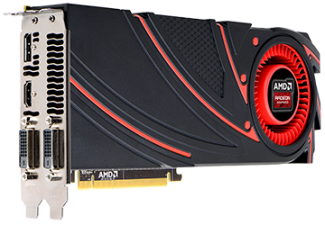
AMD’s Graphics Core Next is an umbrella name given to the company’s current stable of GPU products and technologies, such as the Rx and HD 7000 series GPUs. Whether we can expect an announcement of VR specific AMD drivers before or at GDC is as yet unknown, but it would be odd for the company to talk VR optimisation with no drivers strategy to put them on an even PR footing with nVidia.
Whatever the case, this is all good news for VR enthusiasts and the eventual VR consumer market. If both major GPU firms are ready to do battle for our hearts, minds and wallets in the VR space, competition will hopefully drive improvement and innovation to further enhance everyone’s virtual reality experience. The fact that AMD are being so forthright in sharing its techniques with developers in such a direct manner will hopefully drive latency down at the grass-roots programming level too.
Road to VR will be on the ground at GDC 2015, which runs March 2-6 at the Moscone Center San Francisco, to bring you the latest from this year’s show.

